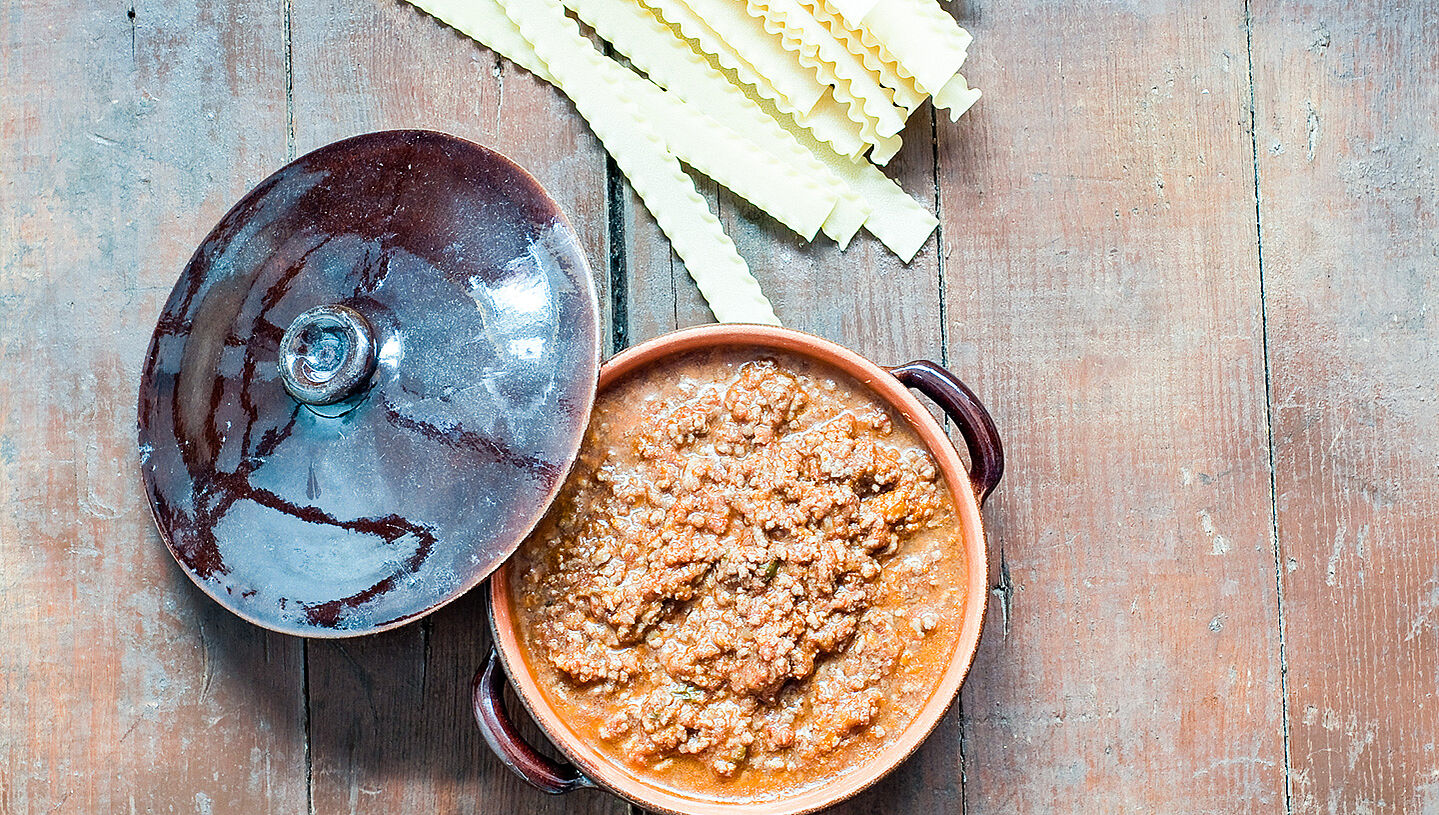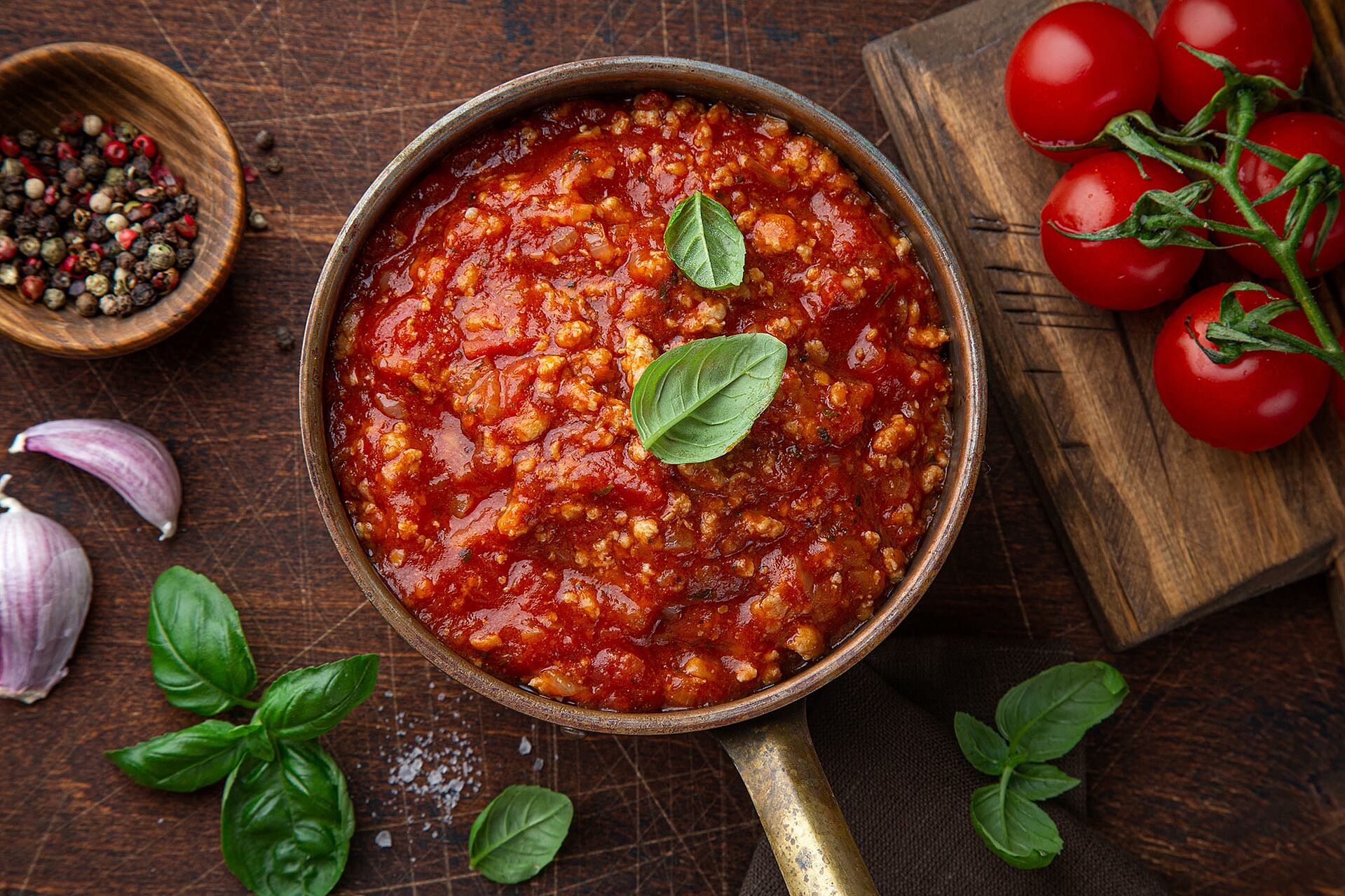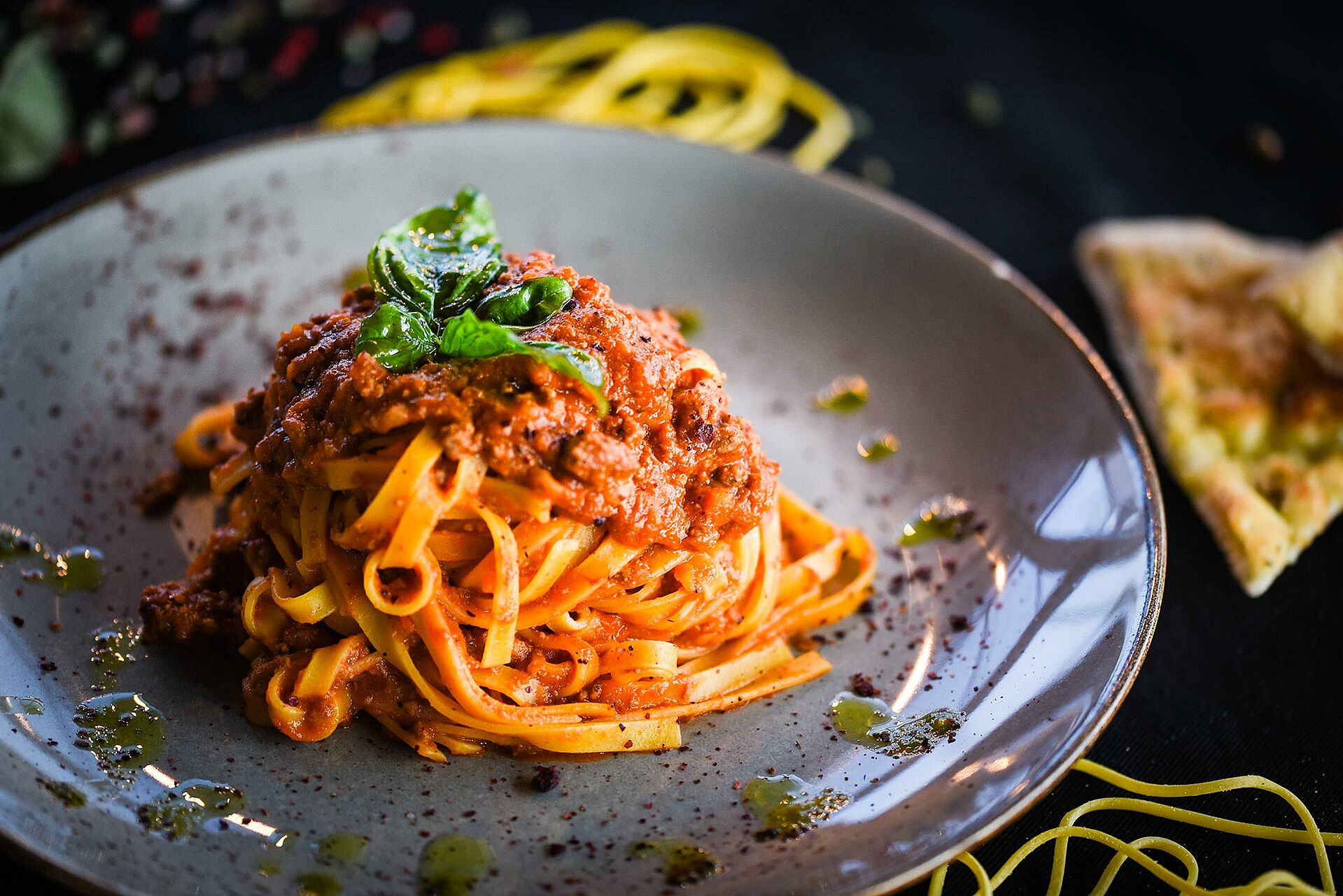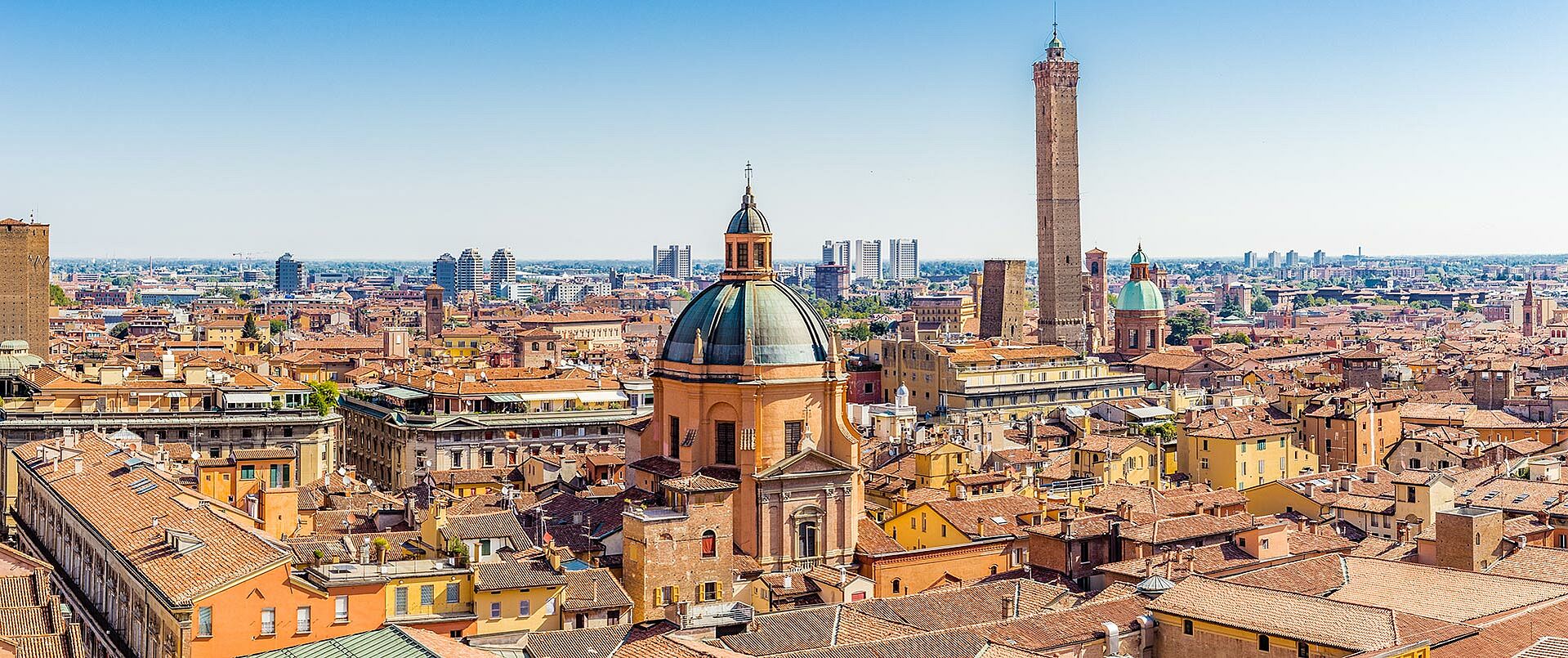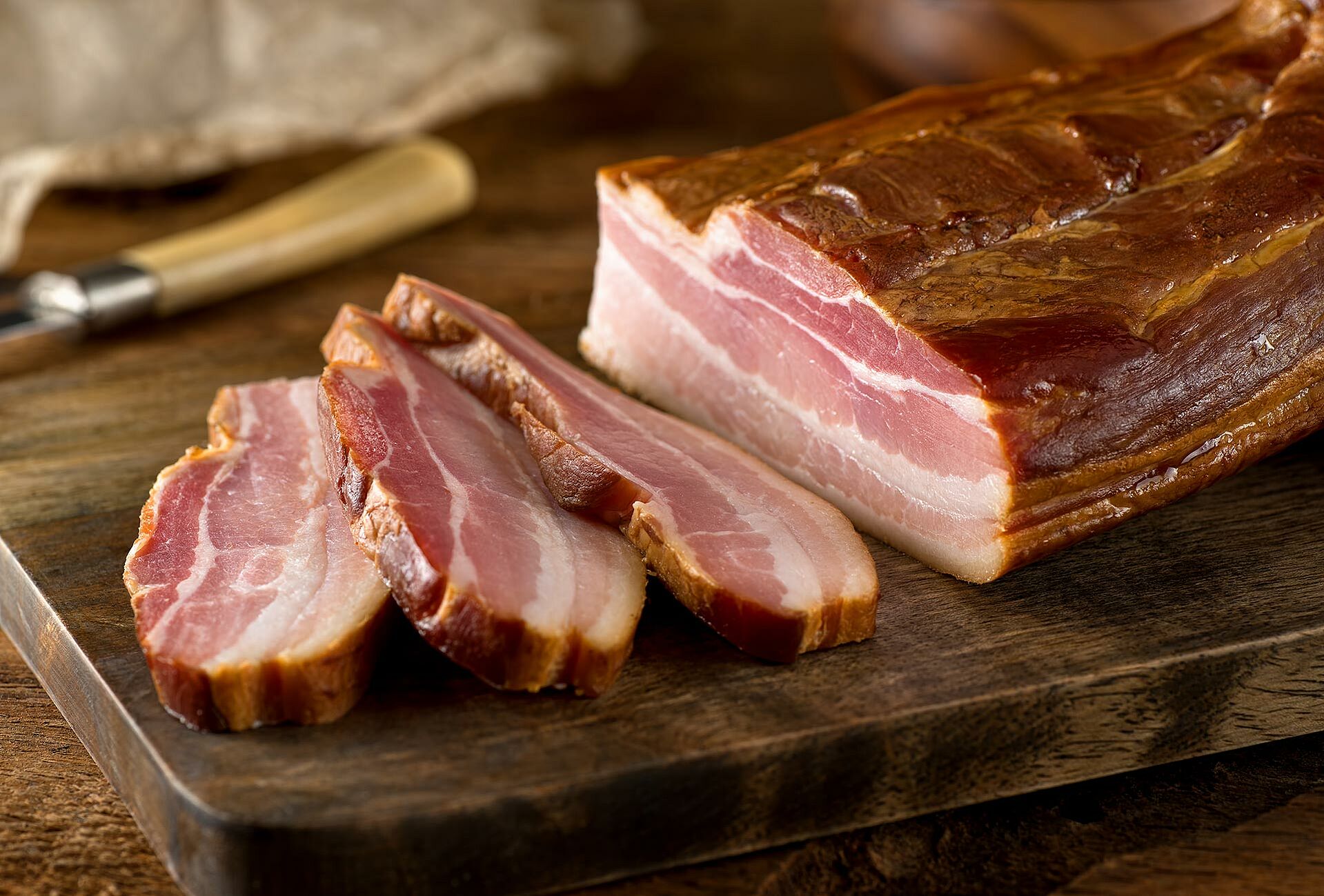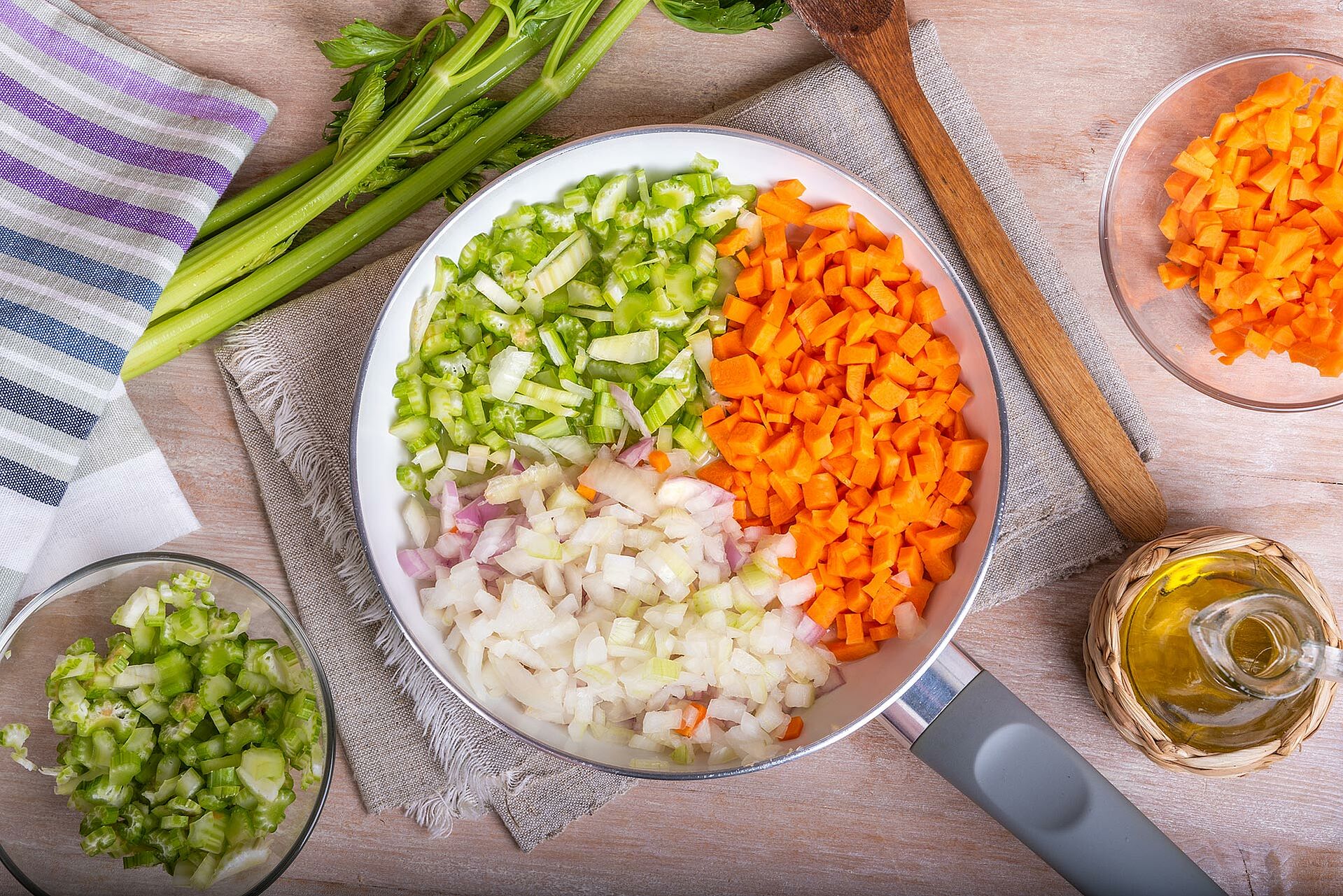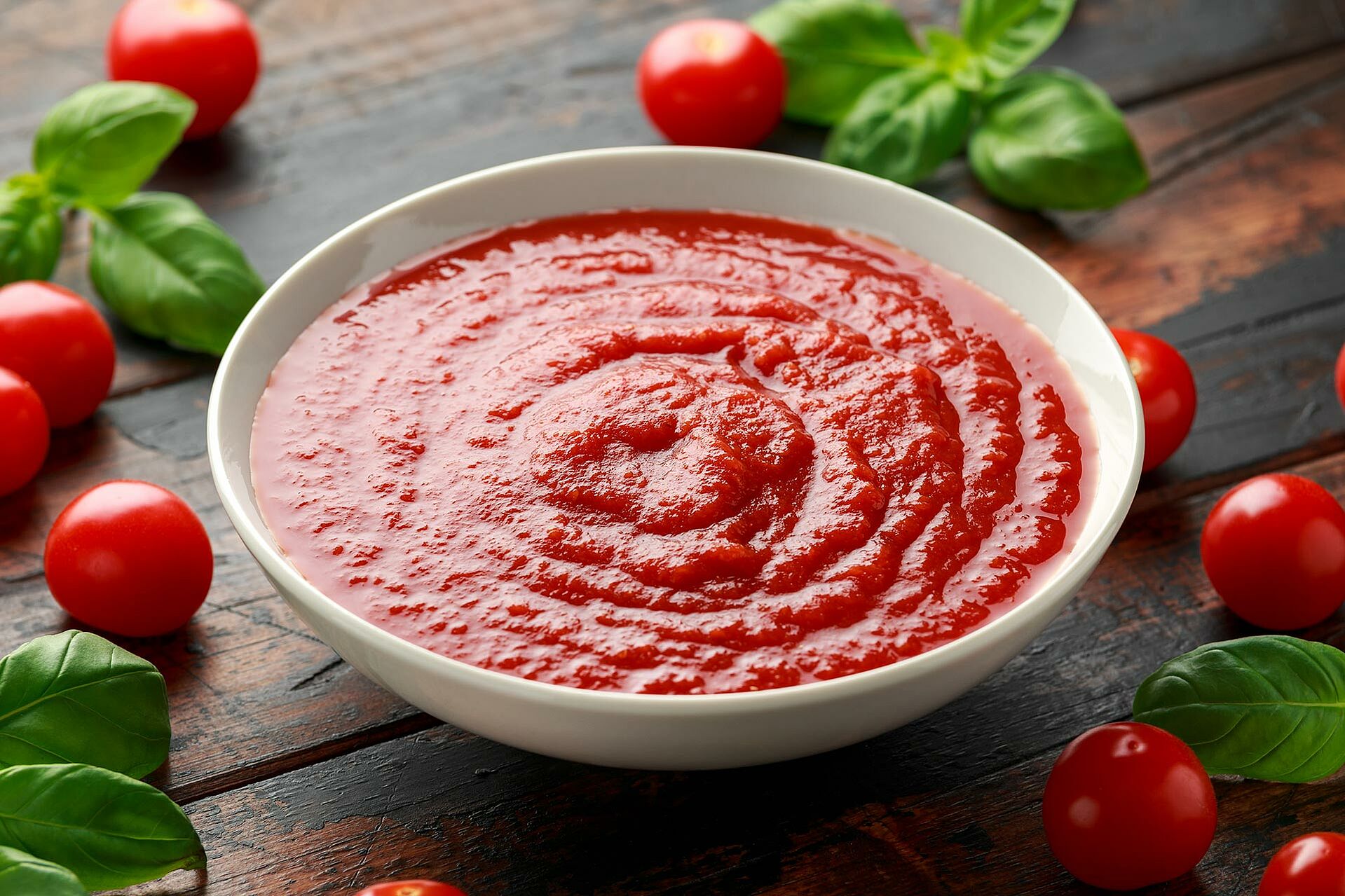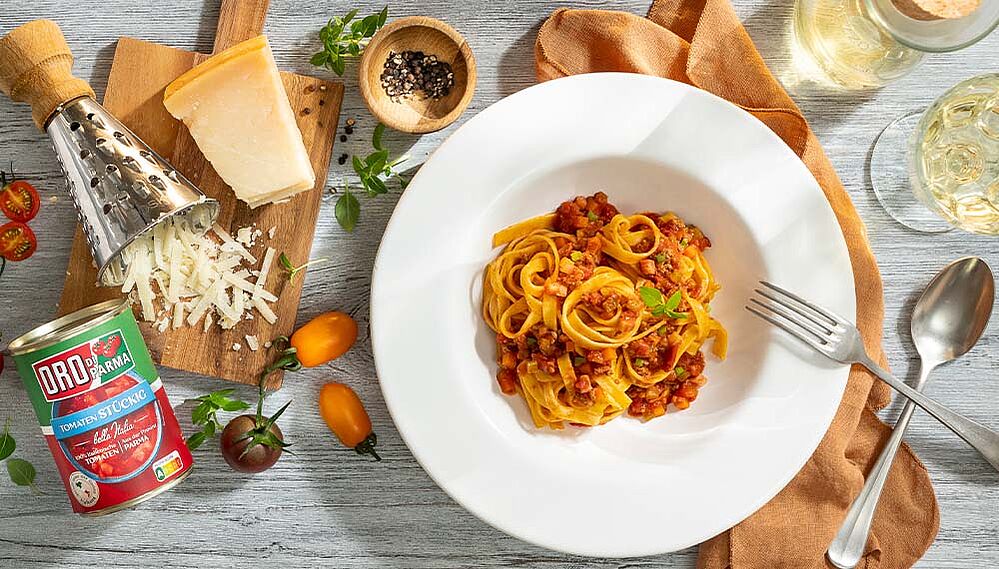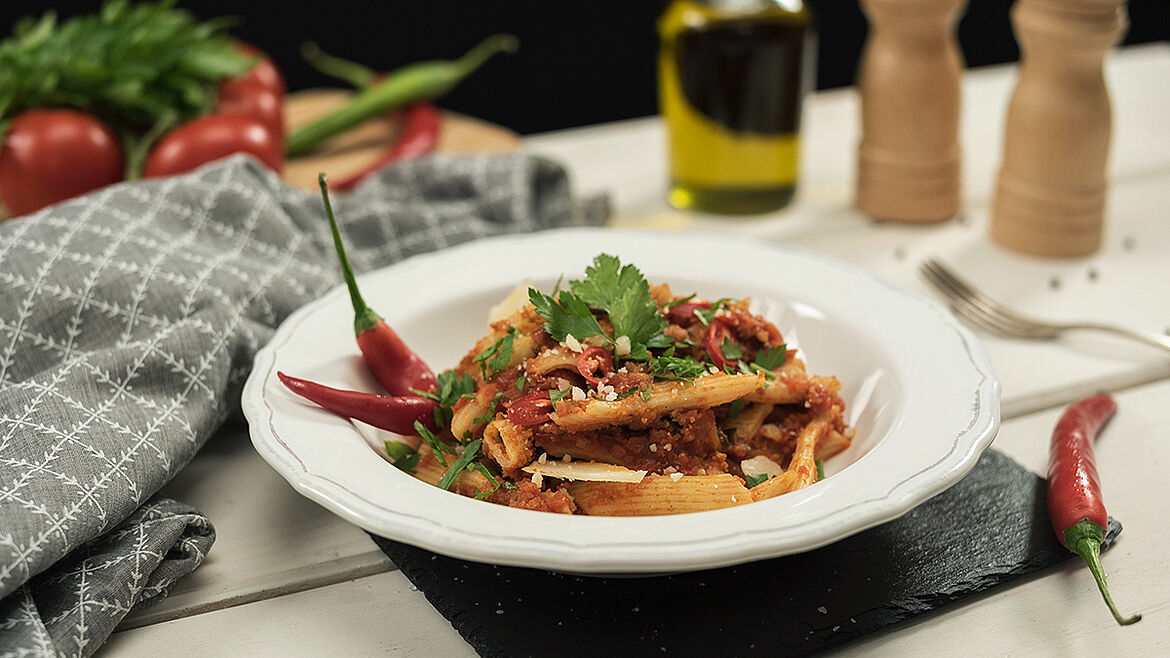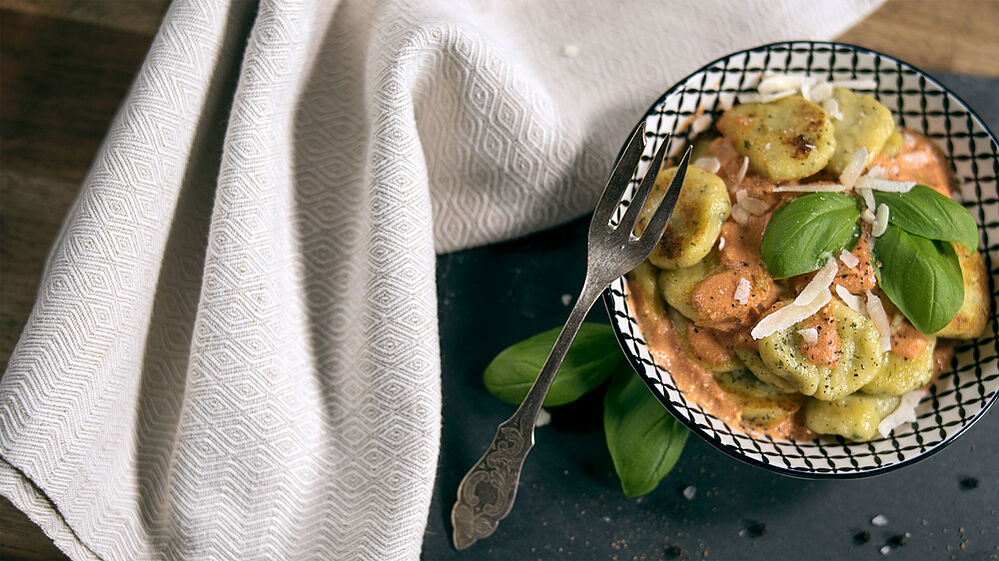Don't be surprised if you're in Italy, order spaghetti Bolognese in a trattoria, and all you get from the "cameriere" (waiter) is a roll of the eyes or a shake of the head: The probably best-known Italian pasta dish with the tomato-meat sauce exists everywhere in the world - only not in Italy. There's a simple explanation for that. In this kitchen secret, we'll tell you what the classic Bolognese is all about.
Not Bolognese sauce, but ragù alla bolognese
In Italy, the sauce is not called sauce Bolognese, but ragù alla bolognese. This is derived from the French word "ragoût" and refers to stewed meat, fish or vegetable dishes in a spicy sauce.
Bolognese stands for the origin of the dish in Bologna. In the capital of the Emilia-Romagna region, ragoût became ragù during the Renaissance. The first ragù recipes also date from this period - the oldest surviving recipe for pasta with ragù also comes from Imola near Bologna. Here lies the origin of ragù alla bolognese. And here in the Chamber of Commerce also the original recipe is stored.
Recipe number 87: "Maccheroni alla bolognese".
The current name appeared for the first time in 1891. At that time, the Florentine silk merchant and passionate gourmet Pellegrino Artusi published a cookbook under the name "La scienza in cucina e l'arte di mangiar bene" (Of the science of cooking and the art of enjoying). In this work there is - besides almost 800 recipes from many Italian regions - also a recipe for ragù according to today's criteria: Recipe number 87 is called "Maccheroni alla bolognese." At that time, in addition to beef, the ingredients included dried meat ("carne secca"). Artusi also recommended dried mushrooms, truffles and foie gras for refinement.
The original recipe for ragù alla bolognese
Today, there are countless variations for ragù alla bolognese all over Italy. Every family has its own recipe - and Mamma's is always the best, of course. The Accademia Italiana della Cucina probably had nothing against that. However, the Academy of Italian Culinary Arts was not particularly fond of variations with ketchup, nuts or zucchini. Therefore, in October 1982, it submitted an original recipe for ragù alla bolognese to the Bologna Chamber of Commerce. In it, the ingredients and preparation are precisely specified: coarse ground beef, pancetta (pork belly bacon), carrots, celery, onions, tomatoes, dry white wine, whole milk, vegetable broth, olive oil or butter, salt and pepper (optional dash of cream). Characteristic of the preparation is the long simmering and the variety of techniques for its preparation: it is sautéed, sautéed, stewed and braised.
And why not spaghetti bolognese?
Here you will find a traditional recipe for tagliatelle with ragù alla bolognese. The fact that this ragù is not available in Italy in combination with spaghetti has a simple reason: The Bolognese-style sauce does not adhere very well to the smooth and thin spaghetti. Result: you flip the pasta onto the fork, and the sauce stays on the plate. That's why in Italy, a ragù alla bolognese is served with short or wide pasta - like tagliatelle. In addition, a ragù is also taken with béchamel sauce for lasagna - or simply rolled into thin pancakes.

